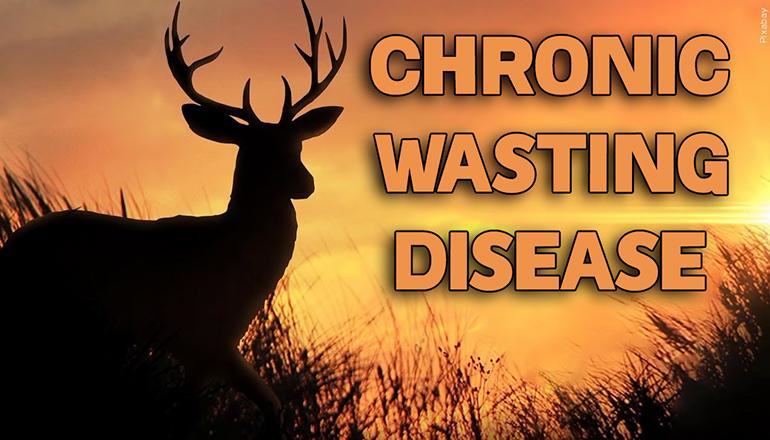Scientists are gaining ground in the race to understand what is causing the spread of chronic wasting disease, or CWD, in deer and elk.
Stuart Lichtenberg – a research scientist at the University of Minnesota and co-author of a new University of Wisconsin at Madison-led report – said the team wanted to find out if deer ticks that were found on whitetail deer killed by hunters carried prions, the misfolded proteins that spread the disease. “We were actually able to detect what we called ‘transmission relevant doses’ of CWD prions,” said Lichtenberg. “That is to say that there are enough prions present in those ticks that it could cause disease in an animal that is susceptible to CWD.”
Lichtenberg warned that scientists still do not completely understand how CWD spreads, but this new research shows potential options for mitigating transmission if ticks are in fact a major contributor.
Chronic wasting disease has been found in 30 U.S. states including Wyoming, and four Canadian provinces.
It was first identified in 1985 in southeastern Wyoming mule deer, in elk the following year, and has since spread to the majority of the state.
Lichtenberg said while there are concerns that CWD could spread to humans, there is no solid evidence showing the neurological disease can or will do so. “It’s essentially the same thing as mad cow disease from the early ’90s,” said Lichtenberg. “But it takes place in whitetail deer, mule deer, elk. It is inevitably fatal, and untreatable.”
The Wyoming Game and Fish Department offers hunters a wide range of options for testing their harvest for CWD.
Lichtenberg said this is an important step hunters can take every year to protect themselves, their families, and Wyoming’s iconic big game. “It gives them the peace of mind that their harvest is safe,” said Lichtenberg. “But it also provides a lot of useful information for those departments of natural resources that they can then use to make management decisions based upon what hunters are seeing out in the wild.”


